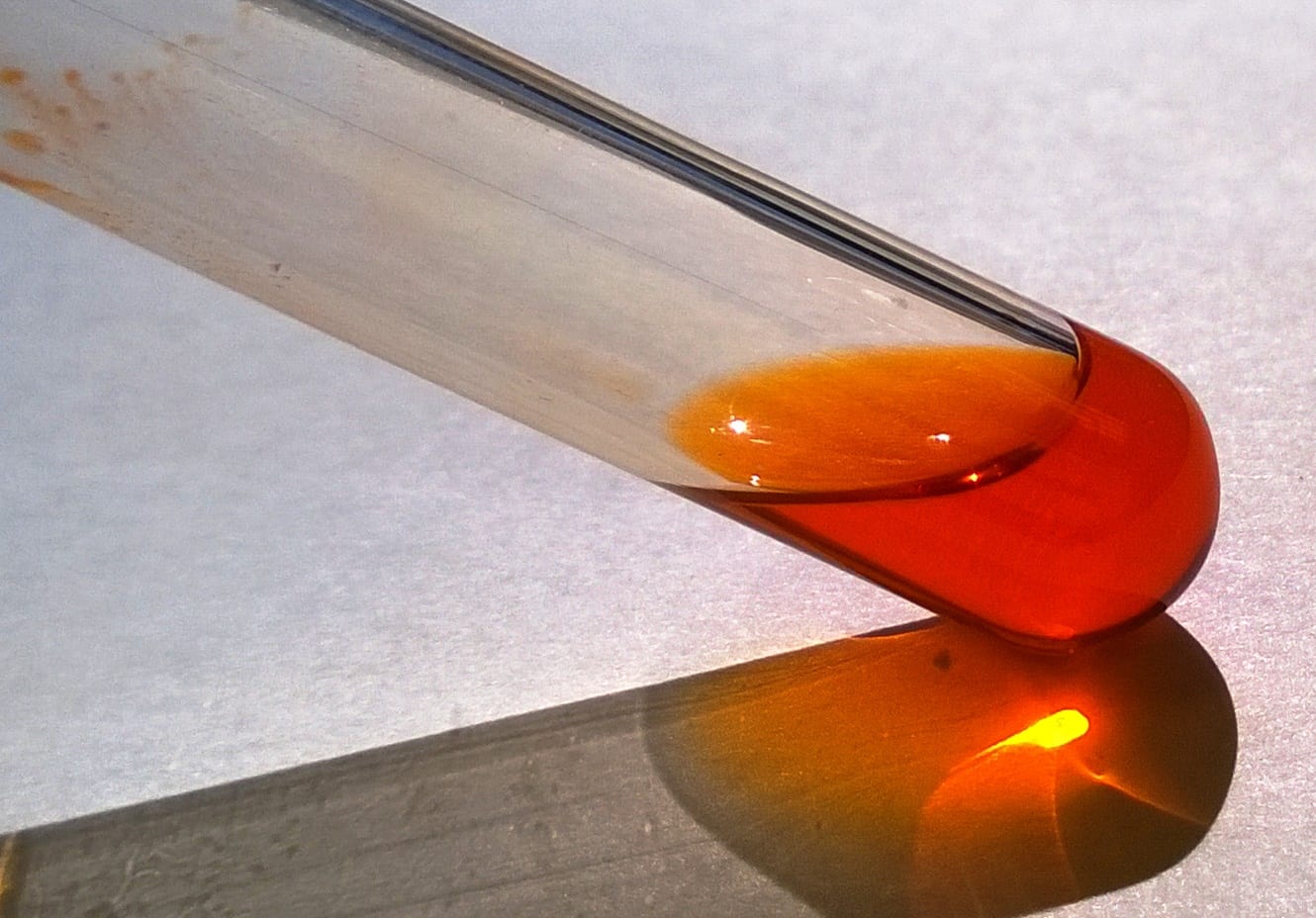 Terpenes are a class of chemical compounds made of 5-carbon units, isoprene units, in a regular pattern, usually head-to-tail up to 25 carbons.
Terpenes are a class of chemical compounds made of 5-carbon units, isoprene units, in a regular pattern, usually head-to-tail up to 25 carbons.
Terpenoids are oxygen containing analogies of terpenes though the term ‘terpenes’ is often used to apply to both.
Terpenes are widely distributed in nature, especially in the plant kingdom, and we are all of us, without knowing it, familiar with many of them: D- limonene that gives orange zest its aroma is a terpene as are the scents and flavours of many other herbs and spices as well as many other chemicals.
The series of experiments below gives details of:
1) how to extract a terpene (D-Limonene) from orange zest by steam distillation
2) how to separate the terpenes in a mixture – TLC of spearmint oil and paper chromatography of tomato extract.
3) Oxidation of terpenes in orange juice (an important factor in food storage)
4) Saturation of the double bonds in a terpene by addition of bromine



